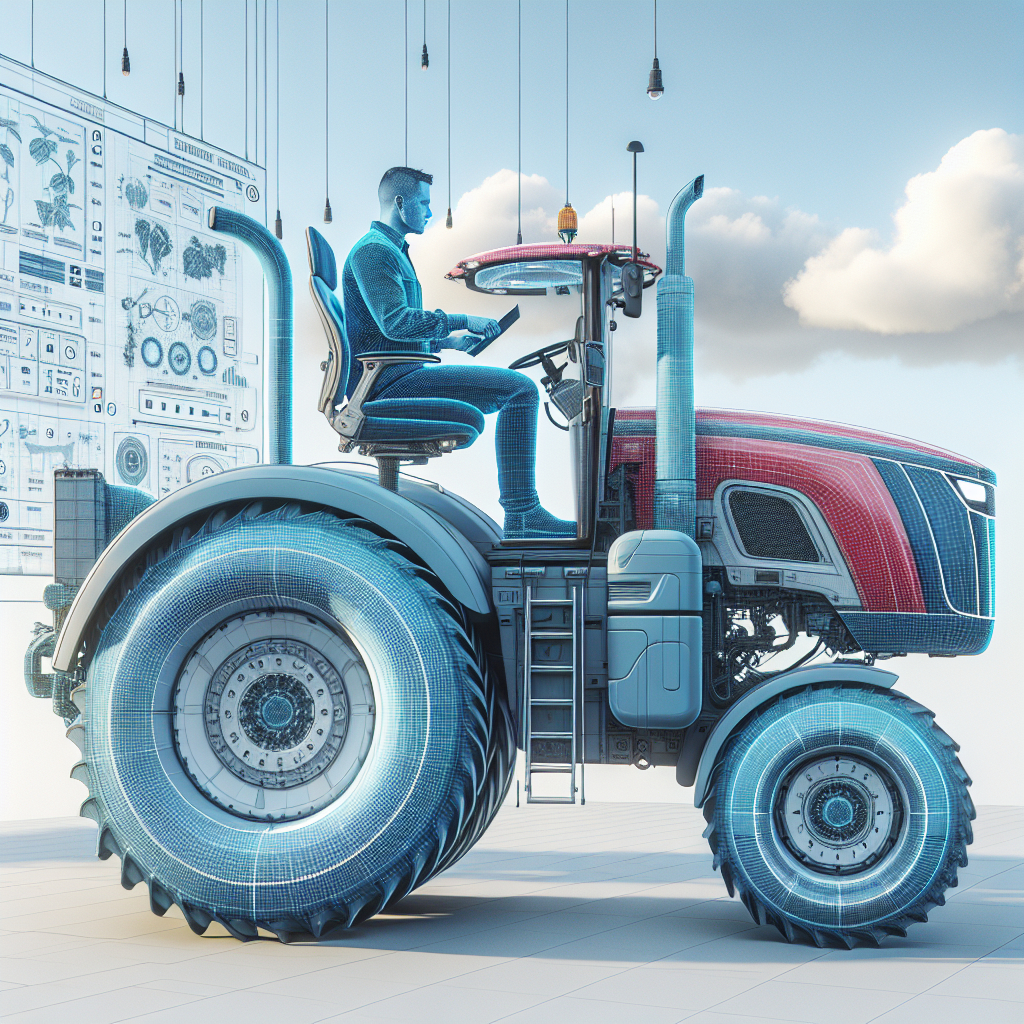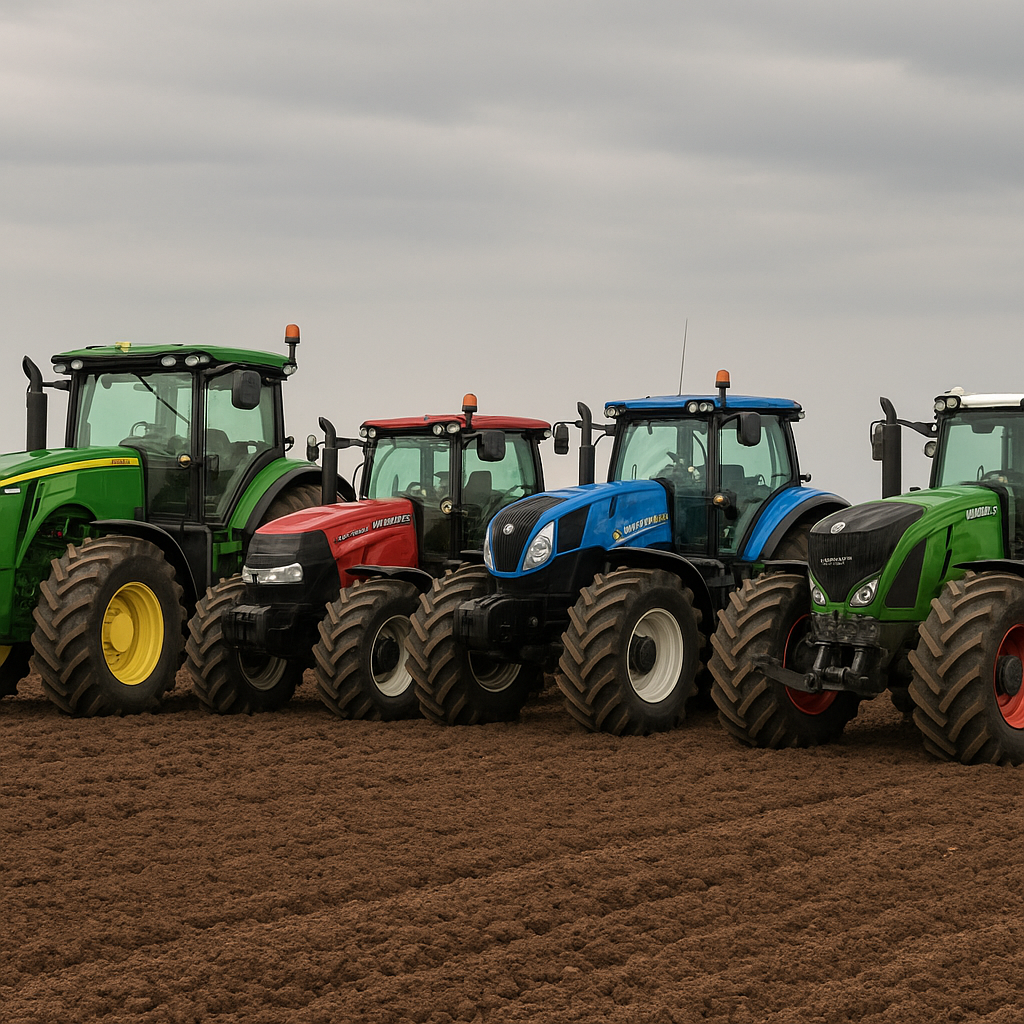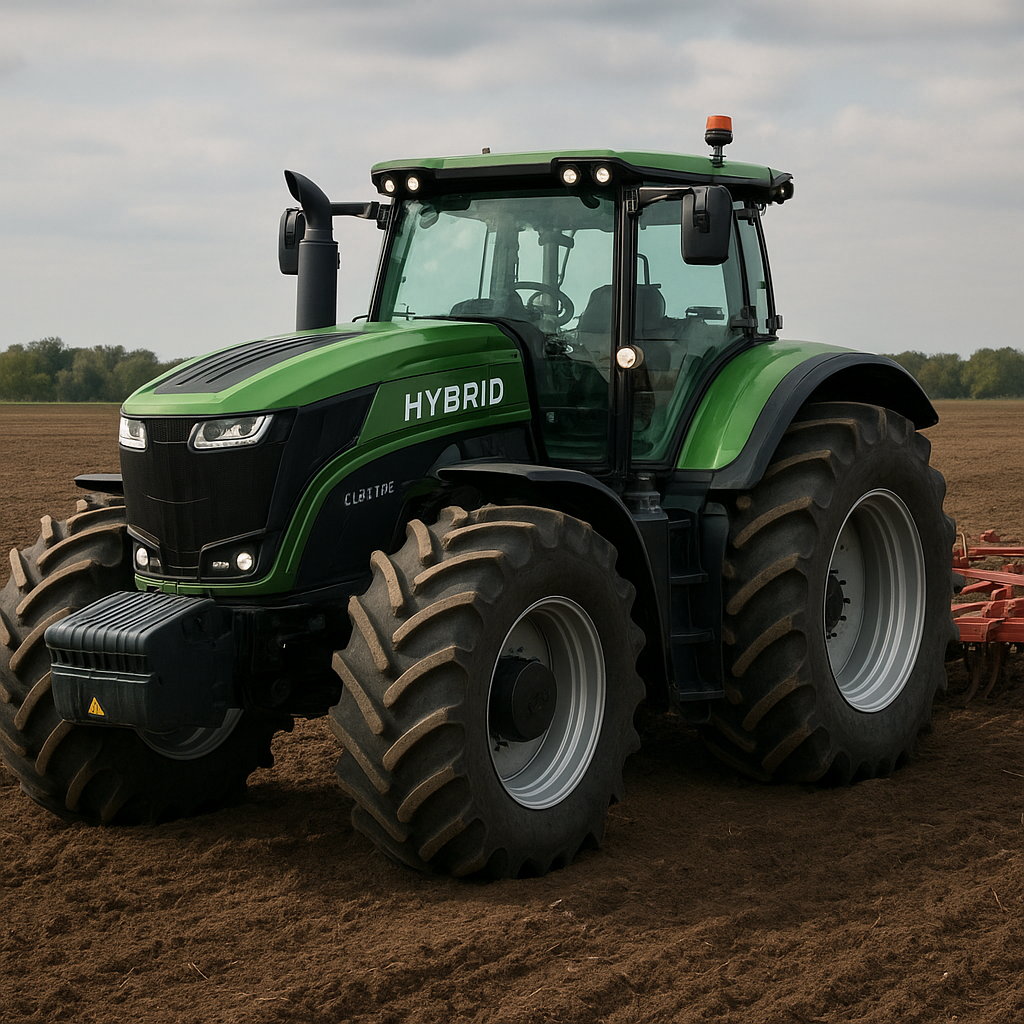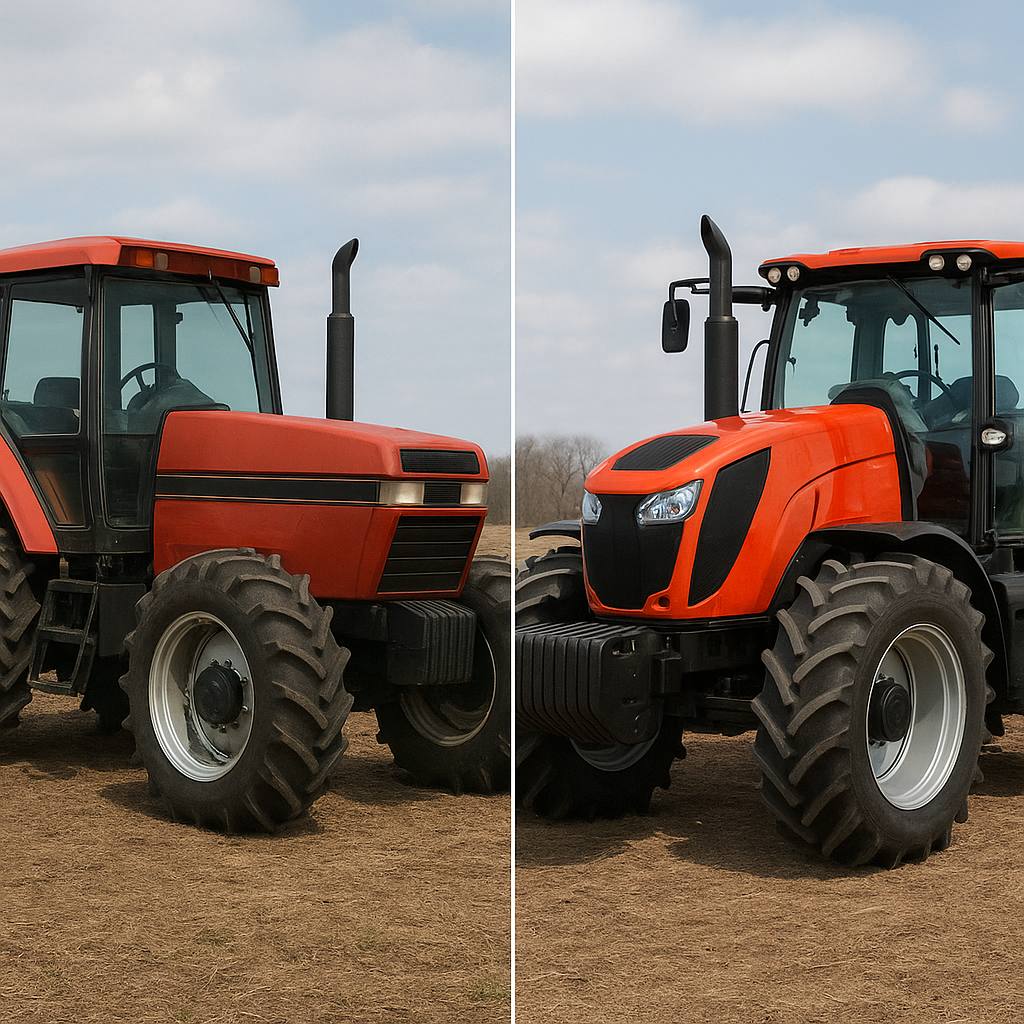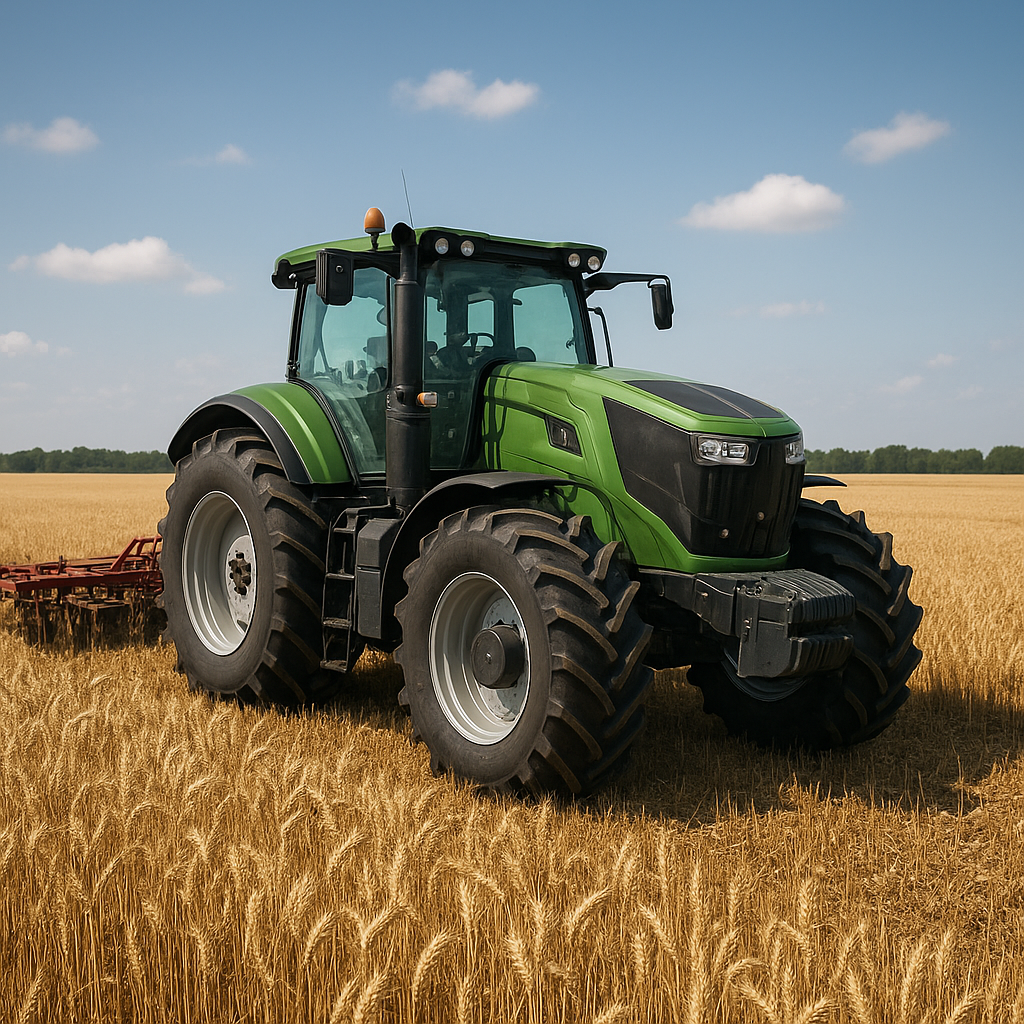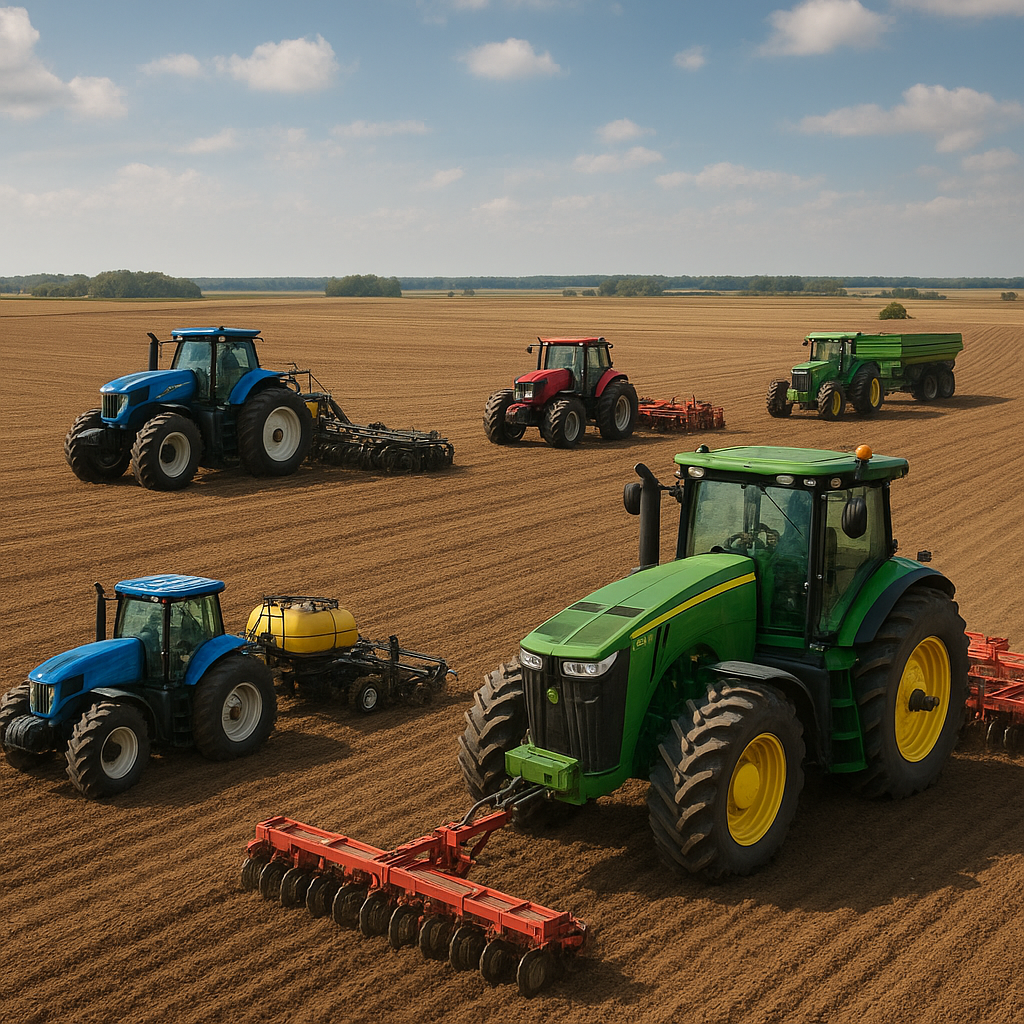In the world of modern agriculture, the role of advanced ergonomics in reducing operator fatigue has become increasingly significant. As tractors grow larger and more powerful, the need for ergonomic design to ensure the comfort and well-being of operators is paramount. This article delves into the various aspects of ergonomic advancements in tractor design and their impact on reducing operator fatigue.
Understanding Ergonomics in Tractor Design
Ergonomics, the science of designing equipment and systems that fit the human body and its cognitive abilities, plays a crucial role in the agricultural sector. Tractors, being the backbone of modern farming, require meticulous ergonomic considerations to enhance operator comfort and efficiency. The primary goal of ergonomic design in tractors is to minimize physical strain and mental stress, thereby reducing operator fatigue and improving overall productivity.
Seating and Posture
One of the most critical aspects of ergonomic design in tractors is the seating arrangement. Modern tractors are equipped with advanced seats that offer multiple adjustments to accommodate operators of different sizes and shapes. These seats are designed to provide optimal support to the spine, reducing the risk of back pain and other musculoskeletal disorders. Features such as lumbar support, adjustable armrests, and suspension systems further enhance comfort, allowing operators to maintain a healthy posture during long hours of operation.
Control Layout and Accessibility
The layout and accessibility of controls in a tractor cab are vital for reducing operator fatigue. Ergonomically designed tractors feature intuitive control panels that are within easy reach, minimizing the need for excessive stretching or awkward movements. The placement of controls is carefully planned to ensure that operators can perform tasks efficiently without straining their muscles. Additionally, the use of advanced technologies such as touchscreens and voice-activated controls further simplifies operation, reducing cognitive load and enhancing overall comfort.
Technological Innovations in Ergonomic Design
Technological advancements have revolutionized ergonomic design in tractors, making them more operator-friendly than ever before. These innovations not only enhance comfort but also contribute to increased productivity and safety in agricultural operations.
Climate Control Systems
Modern tractors are equipped with sophisticated climate control systems that maintain a comfortable temperature inside the cab, regardless of external weather conditions. These systems include air conditioning, heating, and ventilation, ensuring that operators remain comfortable and focused throughout their workday. By regulating the cabin environment, climate control systems help reduce fatigue caused by extreme temperatures, allowing operators to work efficiently for extended periods.
Noise Reduction Technologies
Exposure to high levels of noise can lead to fatigue and hearing loss over time. To address this issue, manufacturers have incorporated noise reduction technologies into tractor design. Soundproofing materials, advanced engine designs, and improved insulation techniques help minimize noise levels inside the cab, creating a quieter and more comfortable working environment. Reduced noise levels not only enhance operator comfort but also improve communication and concentration, leading to safer and more efficient operations.
Vibration Dampening Systems
Continuous exposure to vibrations can cause significant discomfort and fatigue for tractor operators. To mitigate this, modern tractors are equipped with vibration dampening systems that absorb and reduce vibrations generated by the engine and rough terrain. These systems include advanced suspension systems, cushioned seats, and specialized cab mounts, all designed to minimize the impact of vibrations on the operator’s body. By reducing vibrations, these technologies help prevent fatigue and musculoskeletal disorders, allowing operators to work comfortably for longer durations.
The Impact of Ergonomics on Operator Health and Productivity
The implementation of advanced ergonomic features in tractor design has a profound impact on operator health and productivity. By prioritizing comfort and reducing fatigue, ergonomic tractors contribute to a safer and more efficient agricultural workforce.
Reduced Risk of Musculoskeletal Disorders
Musculoskeletal disorders (MSDs) are a common concern among tractor operators due to prolonged periods of sitting and repetitive movements. Ergonomic design addresses this issue by providing proper support and promoting healthy posture. Features such as adjustable seats, lumbar support, and vibration dampening systems help reduce the risk of MSDs, ensuring that operators can work comfortably without experiencing pain or discomfort. By preventing these disorders, ergonomic tractors contribute to the long-term health and well-being of operators.
Enhanced Focus and Concentration
Fatigue can significantly impair an operator’s focus and concentration, leading to decreased productivity and increased risk of accidents. Ergonomic design elements, such as intuitive control layouts, climate control systems, and noise reduction technologies, help create a comfortable and distraction-free working environment. When operators are comfortable and free from physical strain, they can maintain better focus and concentration, resulting in improved efficiency and reduced likelihood of errors or accidents.
Increased Job Satisfaction and Retention
Providing a comfortable and ergonomic working environment can have a positive impact on job satisfaction and employee retention. When operators feel valued and supported through ergonomic design, they are more likely to experience higher job satisfaction and remain committed to their roles. This, in turn, leads to reduced turnover rates and a more stable and experienced workforce. By investing in ergonomic tractors, agricultural businesses can create a positive work environment that attracts and retains skilled operators.
Future Trends in Ergonomic Tractor Design
The field of ergonomic tractor design continues to evolve, driven by advancements in technology and a growing understanding of operator needs. Several trends are shaping the future of ergonomic tractors, promising even greater comfort and efficiency for operators.
Integration of Artificial Intelligence
Artificial intelligence (AI) is poised to revolutionize ergonomic tractor design by enabling personalized and adaptive features. AI-powered systems can analyze operator behavior and preferences, automatically adjusting seat positions, control layouts, and climate settings to optimize comfort. These intelligent systems can also provide real-time feedback and recommendations to operators, helping them maintain healthy posture and reduce fatigue. The integration of AI in ergonomic design holds immense potential for enhancing operator well-being and productivity.
Wearable Technology
Wearable technology, such as smart clothing and exoskeletons, is another exciting trend in ergonomic tractor design. These devices can monitor operator movements, posture, and vital signs, providing valuable data for optimizing ergonomic features. For example, smart clothing can detect poor posture and provide gentle reminders to correct it, while exoskeletons can assist with lifting and reduce physical strain. By incorporating wearable technology, ergonomic tractors can offer personalized support and further reduce operator fatigue.
Virtual Reality Training
Virtual reality (VR) training is gaining traction in the agricultural industry as a tool for improving operator skills and safety. VR simulations can replicate real-world scenarios, allowing operators to practice tasks and familiarize themselves with ergonomic features in a controlled environment. This training method helps operators develop proper techniques and habits, reducing the risk of fatigue and injuries. As VR technology continues to advance, it will play a crucial role in enhancing operator training and promoting ergonomic practices.
Conclusion
The role of advanced ergonomics in reducing operator fatigue is a critical aspect of modern tractor design. By prioritizing comfort, minimizing physical strain, and incorporating innovative technologies, ergonomic tractors contribute to the health, well-being, and productivity of operators. As the agricultural industry continues to evolve, the focus on ergonomic design will remain essential in creating a safer and more efficient working environment. Investing in ergonomic tractors is not only a commitment to operator welfare but also a strategic decision that can lead to long-term success in the field of agriculture.
